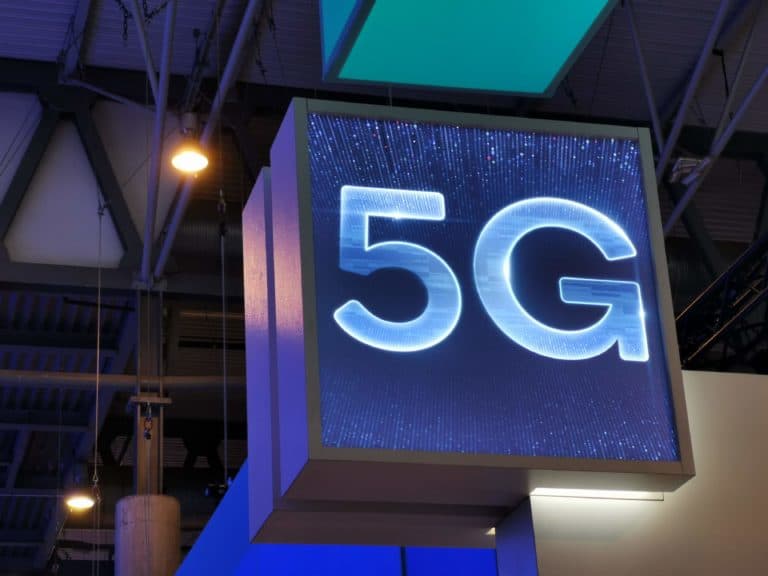According to an industry report, Europe is lagging behind global leaders in 5G adoption due to growing costs and the conflict in Ukraine.
As presented by a survey conducted by the GSMA, a mobile industry lobbying group, 5G network coverage in Europe is expected to reach 70% by 2025, up from 47% in 2021. However, about a third of the population lacks 5G service, which contrasts with South Korea and the United States, where just 2% or fewer are predicted to be without 5G connectivity by the same date.
Who is leading in Europe in 5G?
Norway excels in adoption, with 16% utilizing 5G, although good momentum can also be seen in Switzerland (14%), Finland (13%), the United Kingdom (11%), and Germany (10%). The continent-wide average is 6% of the mobile client base.
After polling 108 operators in 34 European countries, the report found that 5G adoption will reach 44% by 2025 in Europe, but 73% in South Korea over the same period, while Japan and the US are predicted to achieve 68% adoption.
According to the GSMA, mobile technology and services will contribute €757 billion (about $748 billion) to Europe’s GDP in 2021.
Telecom operators still want big tech to share in net infrastructure costs
GSMA Vice President for Policy & Regulation Daniel Pataki said that Europe is embracing 5G quicker than ever. Still, more emphasis on creating the proper market environment for infrastructure investment is required to keep up with the leading markets. This, he posits, should involve enforcing the concept of equitable contribution to network expenses.
The survey found that operators are confronting increased energy expenses, exacerbated by the situation in Ukraine, with repercussions impacting the running of new equipment.
The European Telecommunications Network Operators’ Association reaffirmed its proposal for Big Tech to pay a share of net infrastructure expenses last month. Managers at 16 telecommunications companies complained that they were required to perform all the heavy lifting, calling the situation unfair.
